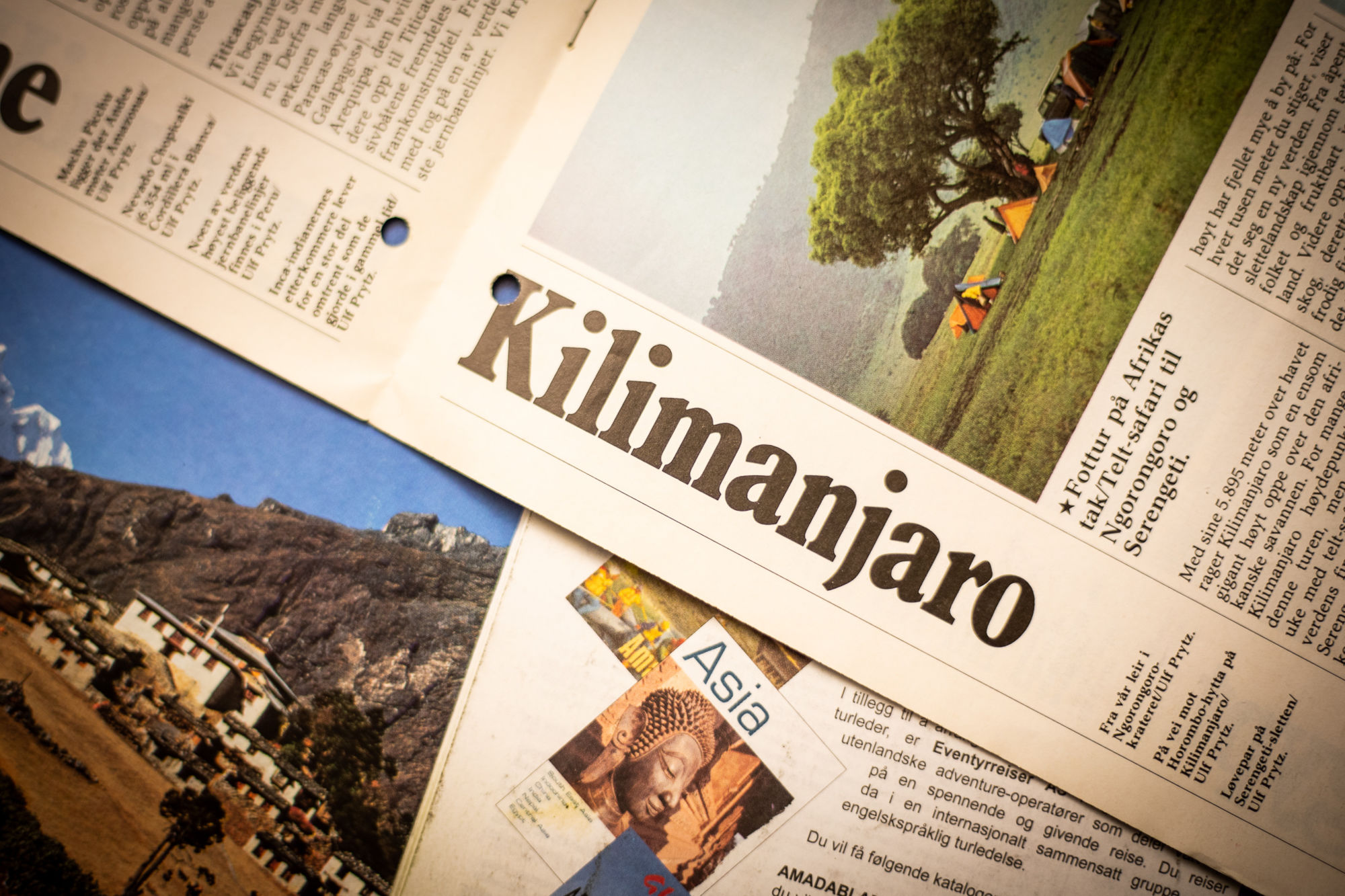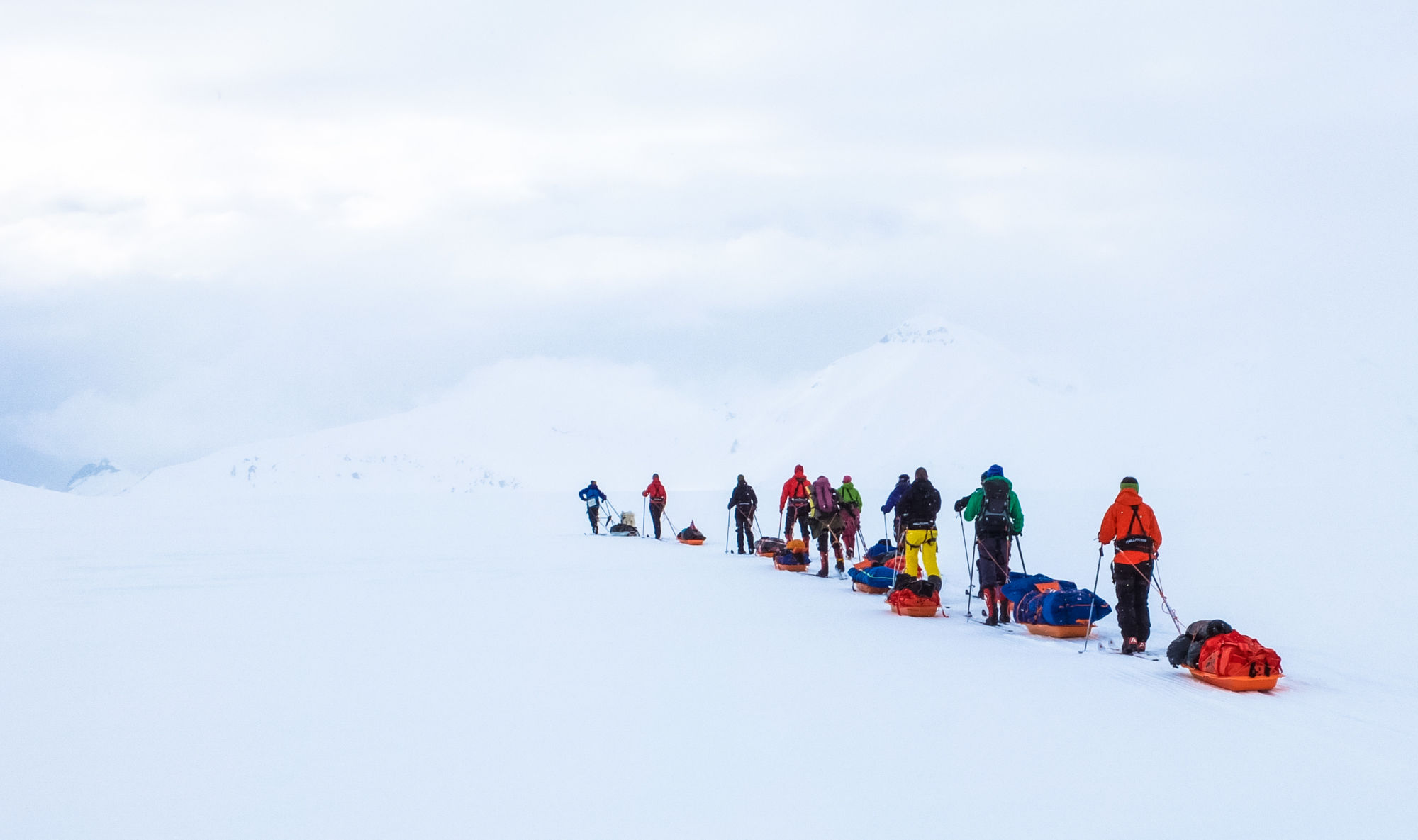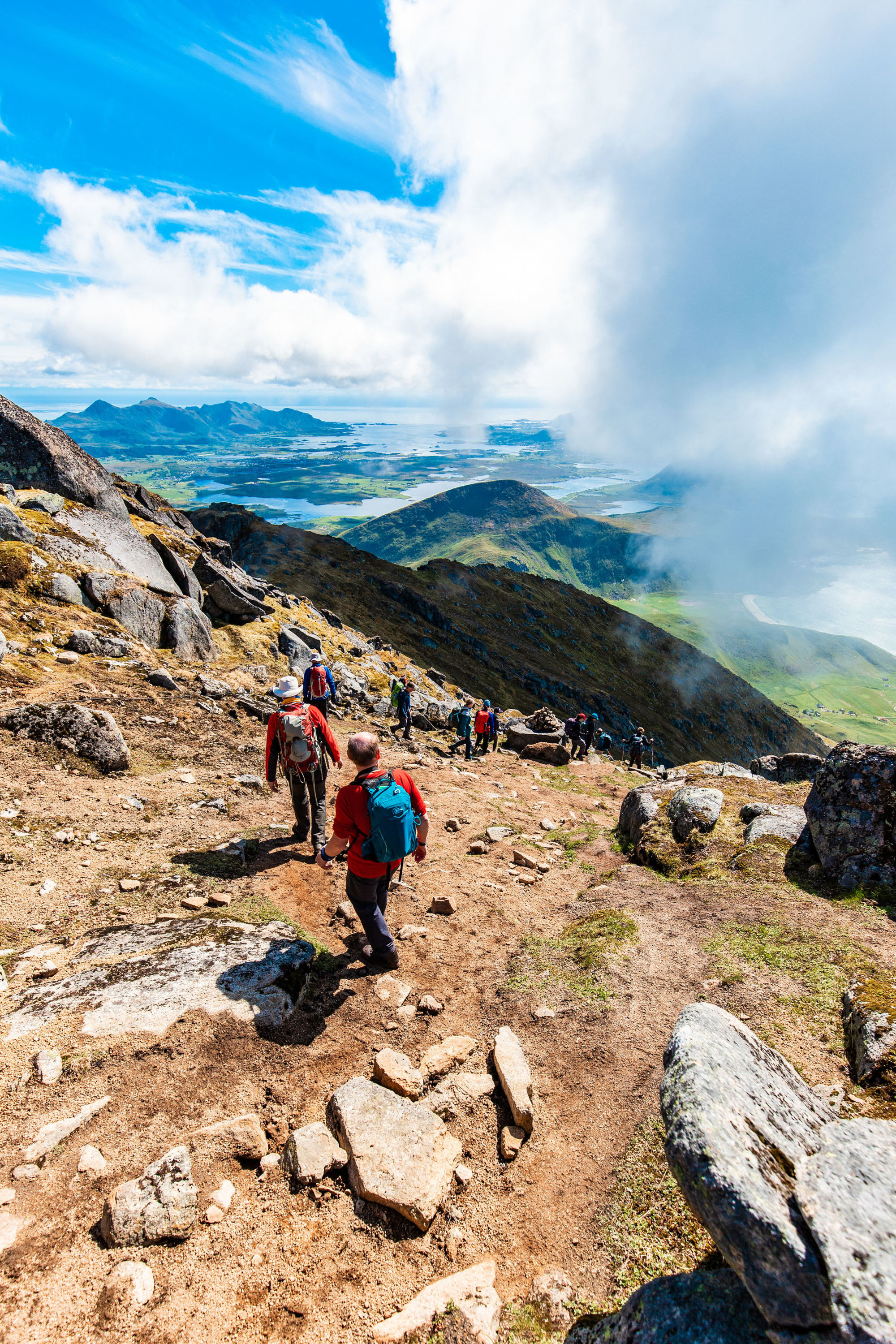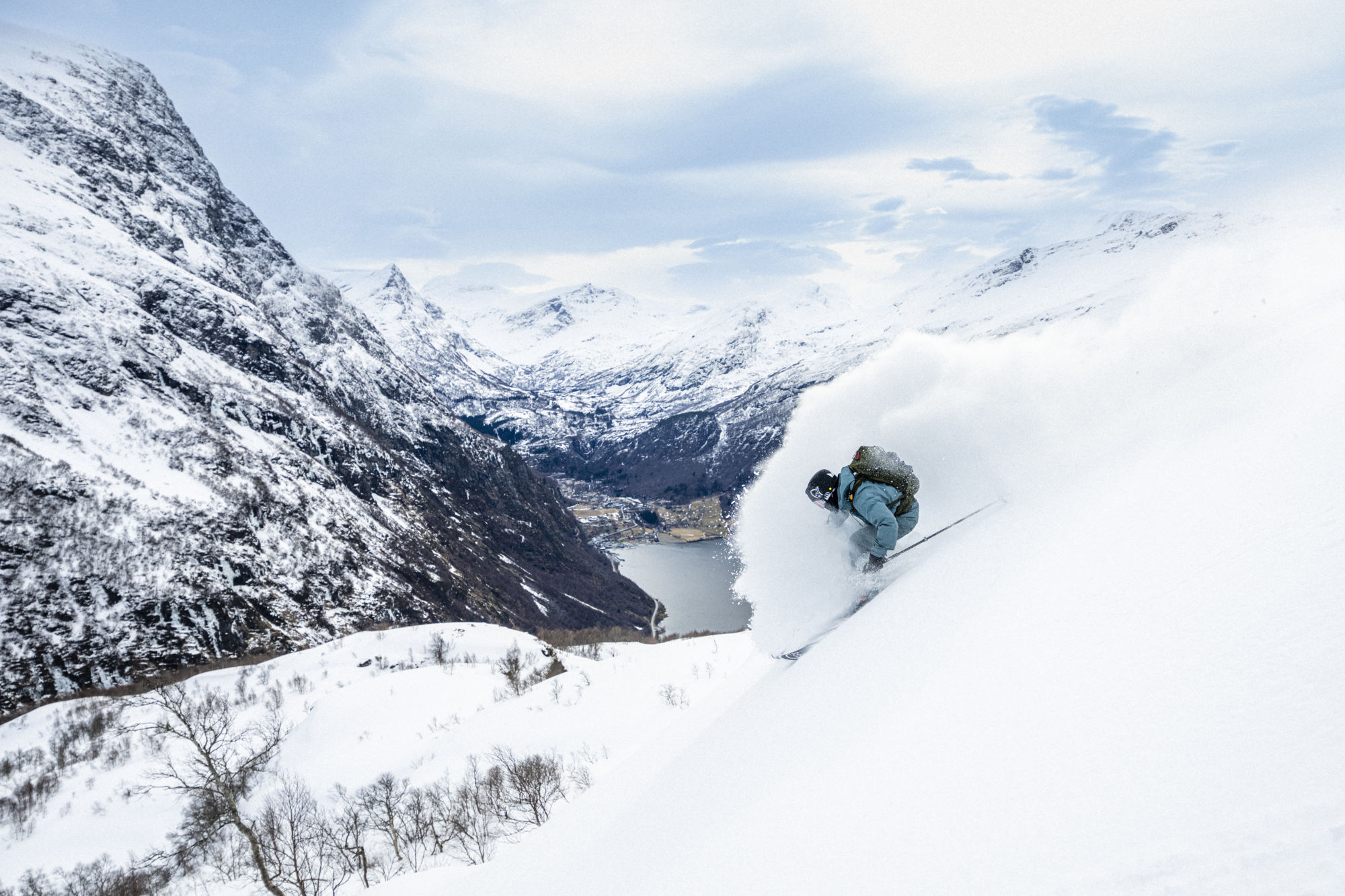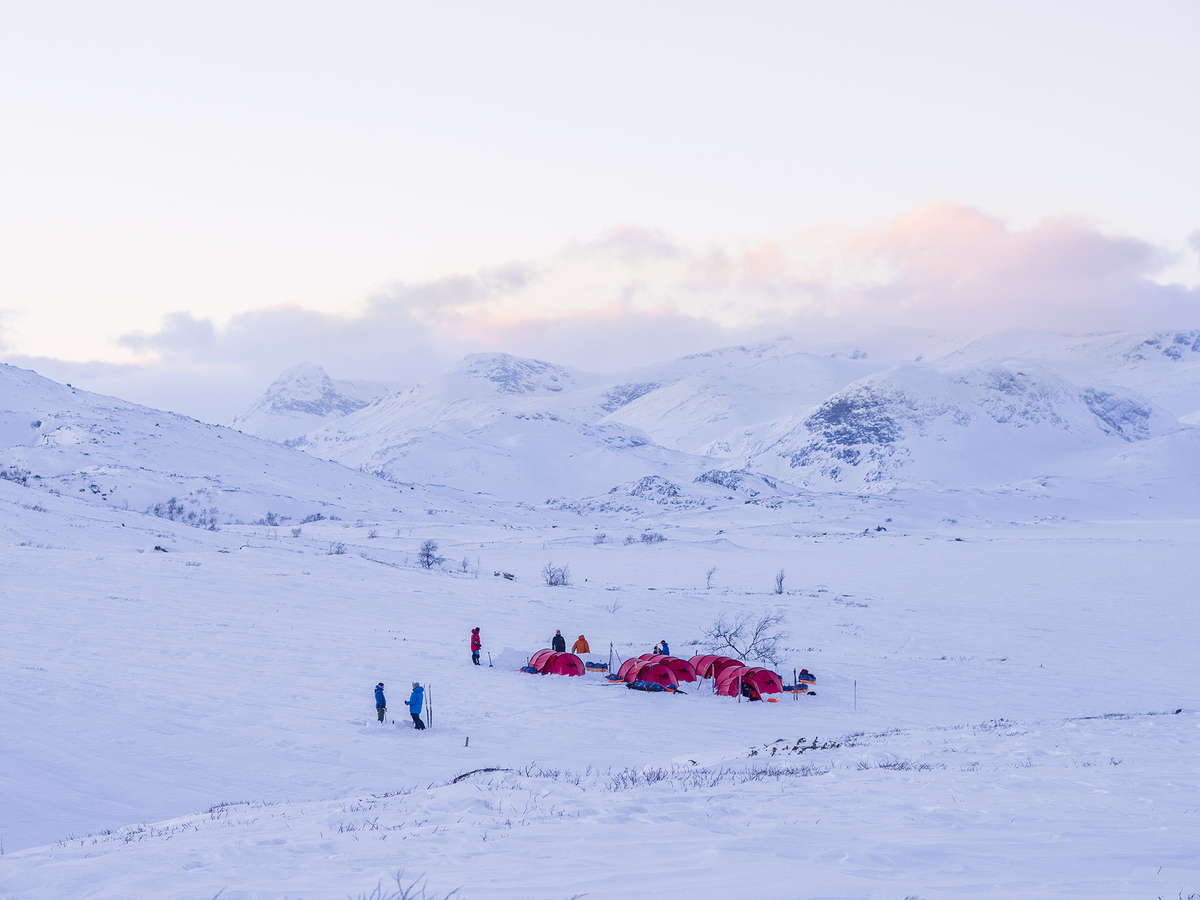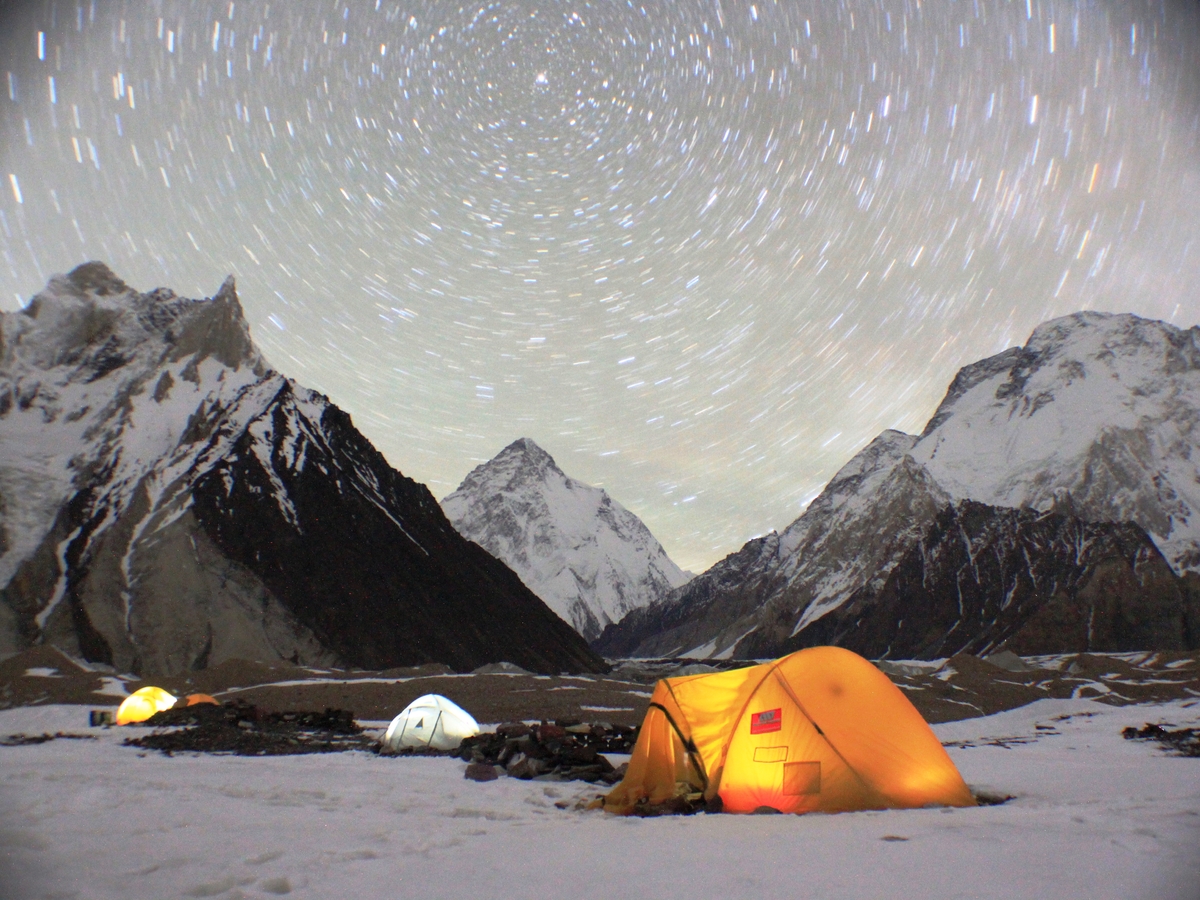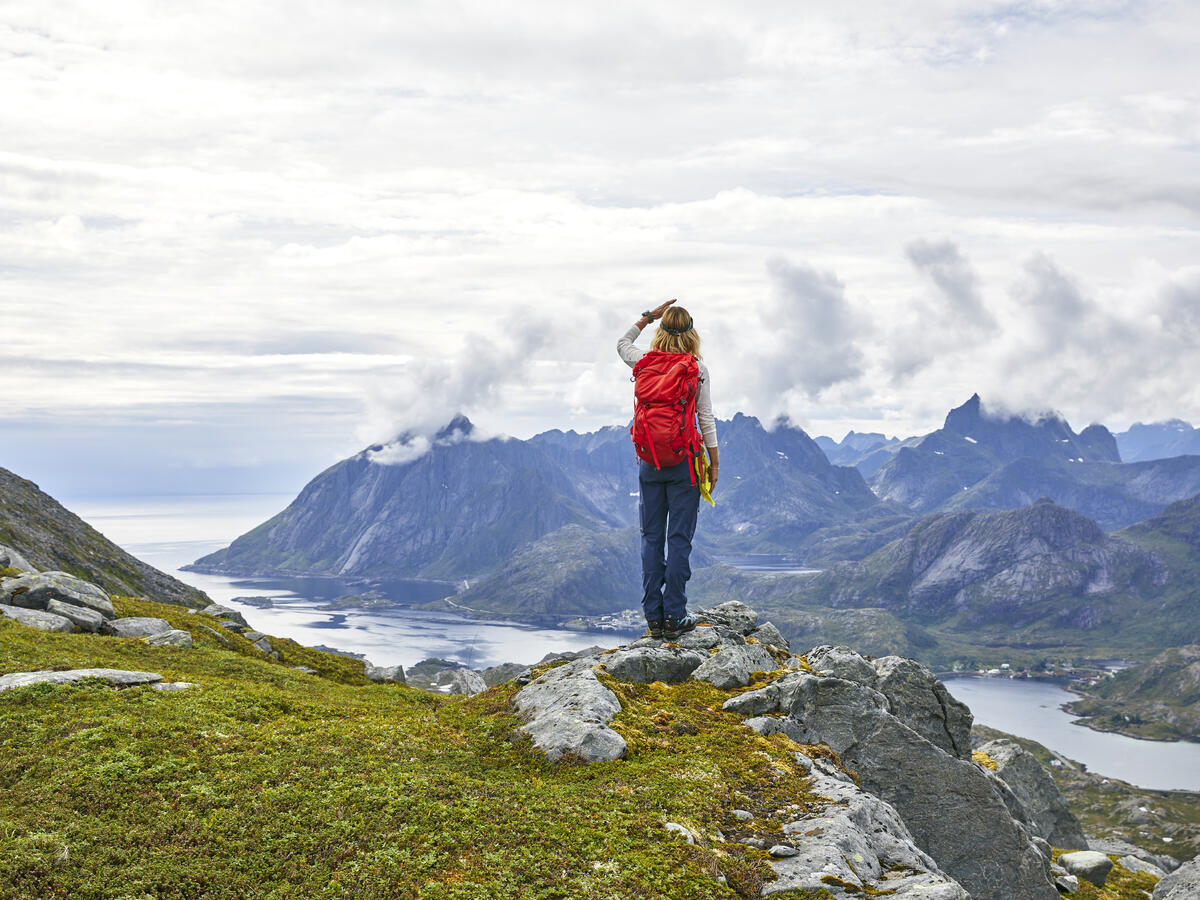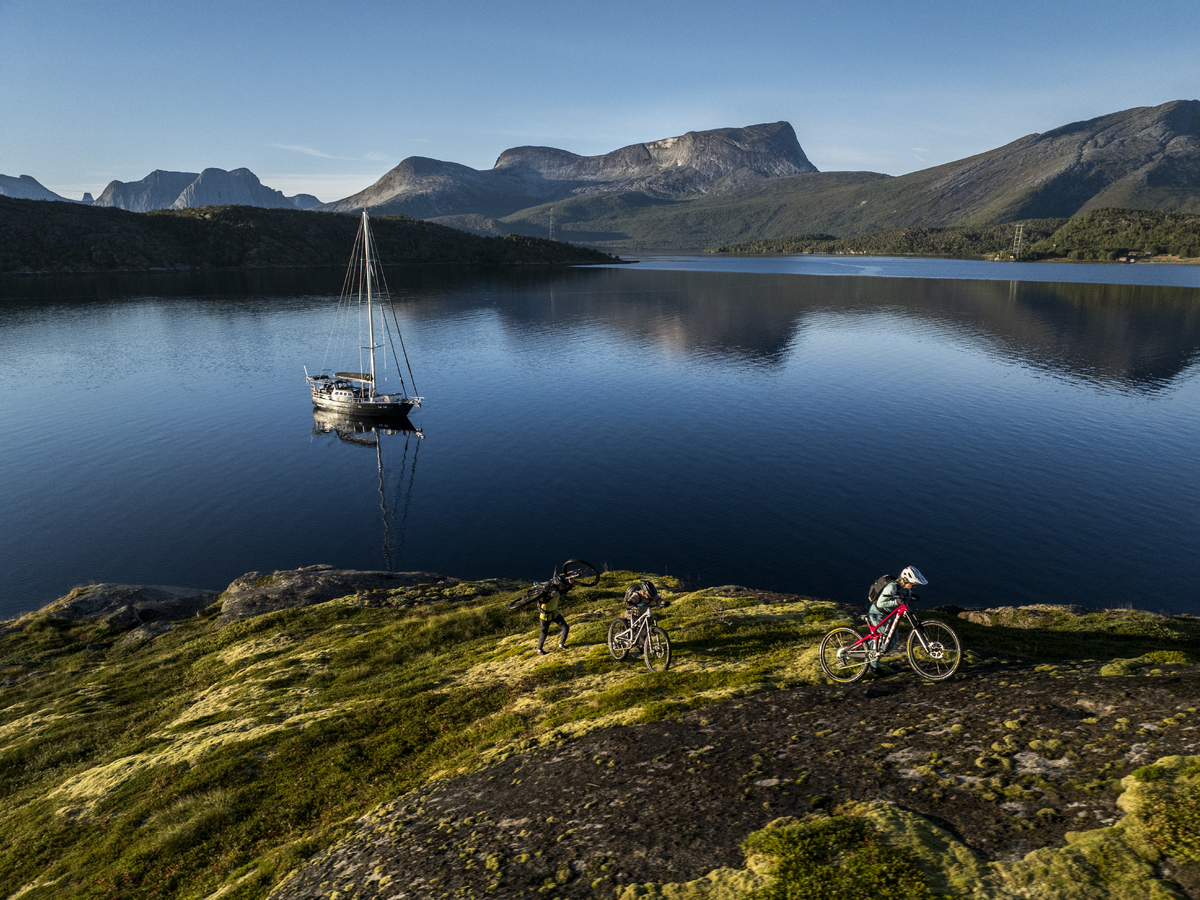Welcome to nature
Norrøna Adventure is a leading organizer of expeditions and adventure travel. With more than 40 years of experience guiding journeys in Norway and to spectacular destinations around the world, we’ve built a legacy of exploration and discovery.
Norrøna’s vision is Welcome to nature. Since 1929, we’ve been creating premium outdoor clothing and equipment to empower your adventures – and protect you from the elements. With such a clear vision, expanding into guided journeys was a natural next step. At Norrøna, we simply want to offer you the world’s best gear – and the world’s best adventures. You could say we’re your one-stop creator of new memories.
Our story began in the late 1970s, when the innovative and adventurous Ulf Prytz founded his own travel company – the very first Norwegian operator dedicated to adventure travel. From day one, venturing off the beaten path and showing deep respect for local cultures have been cornerstones of what we do. Early on, we began arranging expeditions to destinations such as Svalbard, Kilimanjaro, the Atlas Mountains, and Nepal.
Over the years, our travel company has carried different names – including Eventyrreiser and Hvitserk. But our focus has always remained the same: creating expeditions for everyone. We’ve guided curious and passionate travelers across polar landscapes and to some of the world’s most breathtaking peaks. Our groups typically range from 4 to 16 participants – a size that allows meaningful connections between guides and travelers, and within the group itself. These personal encounters are what truly make our journeys unique. Many guests join solo, while others come as families, friends, or colleagues. As we like to say: staying home can narrow your perspective – traveling the world makes you wiser.
Passion and inherited knowledge
The red thread – or perhaps the red climbing rope – running through our history is a deep passion for grand adventures, unforgettable experiences, and genuine respect for the cultures we encounter. Our guides are experienced, knowledgeable, and enthusiastic companions, leading you to both iconic and hidden corners of this remarkable planet. Everyone who works at Norrøna Adventure shares the same spirit – a true passion for, and firsthand experience with, great adventures. From our adventure designers and planners who shape every detail of your trip, to the guides who challenge your limits while keeping safety front and center, to the customer support team answering your questions, and the marketing crew sharing stories and images from travelers and guides around the world – we all live and breathe exploration.
When it comes to safety, we can hardly emphasize it enough. Safe adventures are the essence of what we do – and the foundation that allows every guest to fully enjoy their journey. Our constant focus on safety has earned us a strong reputation in the industry, and it’s likely the reason so many of our travelers return to us again and again for new adventures.
We’re also proud to have always stood for responsible travel. Since the very beginning, this has been a fundamental principle of our work. We arrange journeys to some of the planet’s most fragile natural areas – and with that comes great responsibility. We feel it deeply, and we act on it every single day. We are committed to showing respect for the local nature and cultures we visit, minimizing our footprint, and – whenever possible – making a positive difference for the communities we encounter.
Norrøna destinations
In recent years, Norrøna Adventure has invested in truly one-of-a-kind experiences here in Norway. Our very own adventurer and guide Jan Fasting founded the magical Canvas Hotel in Telemark – a basecamp for mountain biking and trail running. He also played a key role in planning and refurbishing our brilliant sailing yacht Varg, which takes skiers, mountain bikers, climbers, hikers, whale watchers, and midnight-sun seekers deep into the raw landscapes of Northern Norway. These additions to the already exceptional Norrøna Adventure portfolio represent an exciting new direction for our company. We believe more and more people are dreaming of experiencing the wild Norwegian nature – and we want to create the most extraordinary adventures for you, in a safe and responsible way.
Ready for an adventure?
Let us sum it up, humbly, like this: Maybe the dream of a long journey begins to take hold in you. Maybe a different kind of journey. A steep climb. Weeks on foot. Crossing a mountain range on skis. Riding singletrack trails. Sleeping in a tent. Exploring by kayak. Joining an expedition – to the Himalayas, South America, the Alps, or Africa. Or deep into the Norwegian wilderness, famous for its peaks and fjords.
When dreams like these arise, we’re here to help you make them real.
We see the possibilities. We notice every detail. We know how to guide you toward the goals of your dreams. But most of all, we know how nature itself can create new adventures. Would you like us to create yours?
Adventurous greetings from all of us at
Norrøna Adventure


